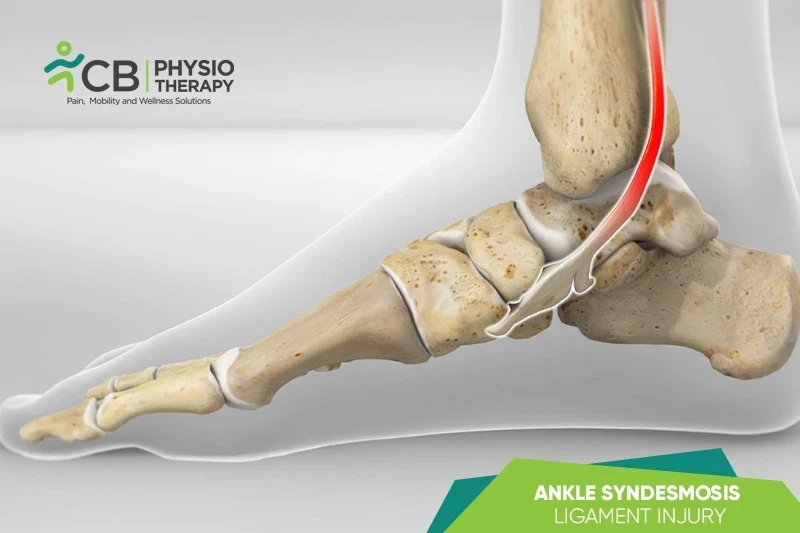EXERCISES CAN HELP IN MANAGING POSTERIOR TIBIAL TENDON DYSFUN...
Posterior tibial tendon dysfunction (PTTD) is a condition that affects the posterior tibial tendon, which supports the arch of the foot. Exercises can help manage the symptoms of PTTD by strengthening the muscles and improving the flexibility and stability of the foot and ankle.
1.Ankle Inversion Strengthening
Sit on a low chair so your feet can touch the floor.
Have your unaffected leg flat on the floor and cross your affected foot over the other leg so it is resting on your thigh.
Tie the band in a long loop with one end under the foot on the floor, and the end other across the inside of the affected foot.
Turn your affected foot inwards, lifting it up against the resistance of the band.
Slowly return to the start position and repeat as directed.
Exercises Help But Always Better To Consult A Doctor / Physiotherapist Before Starting Exercise Pogram.
By incorporating these exercises into your daily routine, along with maintaining good posture and being mindful of your movements, you can help alleviate pain and improve your overall condition. Remember to always consult with a physiotherapist before starting any new exercise regimen, particularly if you have a specific injury or condition.
Personalized Exercise Program By CB Specialists.
If you're looking for personalized exercises for a Posterior Tibial Tendon Dysfun... , be sure to connect with CB Physiotherapy. Our team of expert physiotherapists will work with you to develop a customized exercise plan that addresses your specific needs and goals. Don't let your pain hold you back any longer, contact CB Physiotherapy today and start on the path to feeling better.
